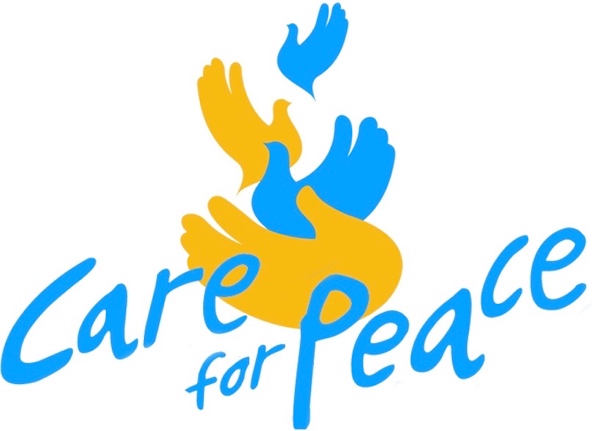The problem: At the end of Spielberg’s “Life on Our Planet” Netflix series, Morgan Freeman said: “Our ingenuity has taken us further than we could ever have imagined, and our story is now written on the surface of the Earth. What was once wild has been tamed or lost.
We’re too successful for our own good and for that of the planet… and we are now causing the next mass extinction.” What’s the alternative? Humanity is at a moment of truth where the very purpose of our existence and the fate of our species is being threatened by global problems of our own making. A spiritual and philosophical reboot is in order. We must look at what we’ve done, where we are now, and what humanity must do to stave off the sixth extinction, to plan, and implement the Second Human Evolution.
We can do this thing; humankind will endure. Following his Care for Peace Foundation’s creation of a prototype Community Development and Health Center in Myanmar (formerly “Burma”), Jeffrey Charles Hardy wrote a book TO CARE FOR PEACE – A GLOBAL MANDATE TO SECURE THE SECOND HUMAN EVOLUTION IN PERPETUITY.
In the book, Hardy concludes that the First Human Evolution that began in Africa some 2.5 million years ago is over, and the only way to avoid the ultimate demise of humanity through “killing for peace” is to flip the narrative and institute a global process to “care for peace.” The First Human Evolution—a macro-sociological epoch—ended sometime during the mid-60s when it became very clear that humanity had conquered nature, and we could destroy the entire planet and every living thing on it through mutually assured destruction.
The Second Human Evolution has not even begun yet. The Second Human Evolution will only begin after a global planning process has occurred. And we are doing whatever we need to be good stewards of our fragile planet. We are now stuck in the Suspended Human Evolution. The process is the solution: The Suspended Human Evolution will only end after we have dealt forthrightly with the global problems that are getting worse by the hour, including overpopulation, over-consumption, over-militarization, and over-burdening the limited resources of our planet.
